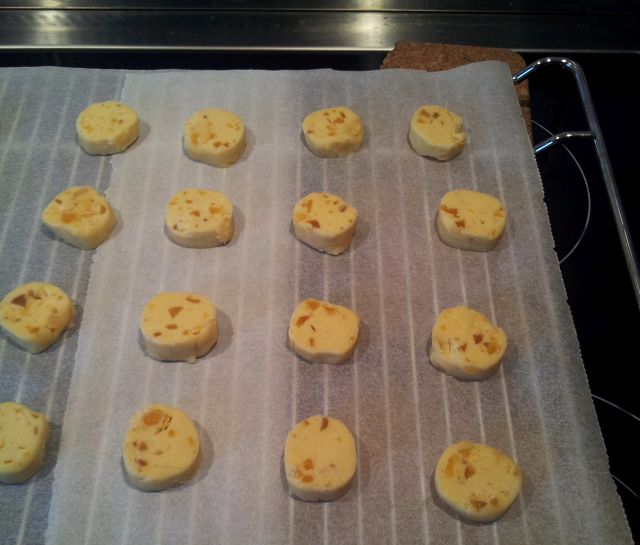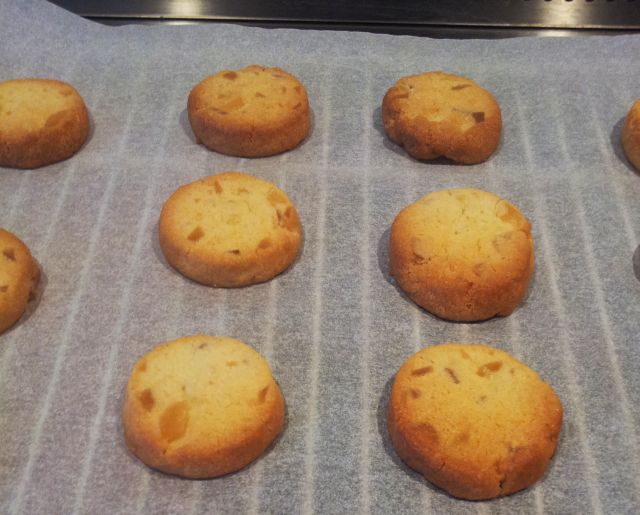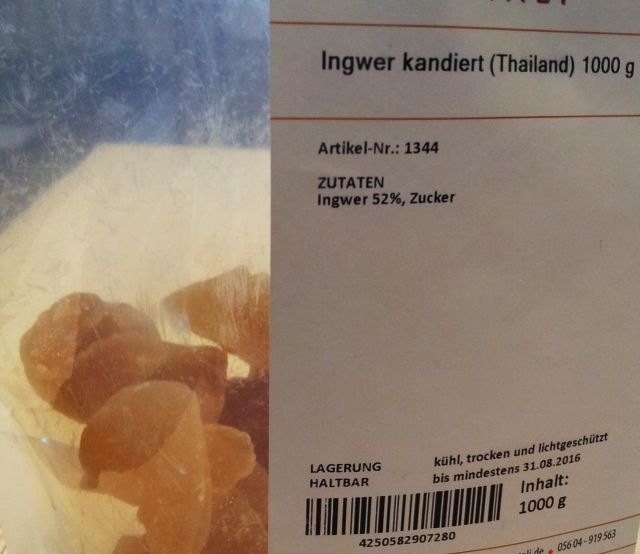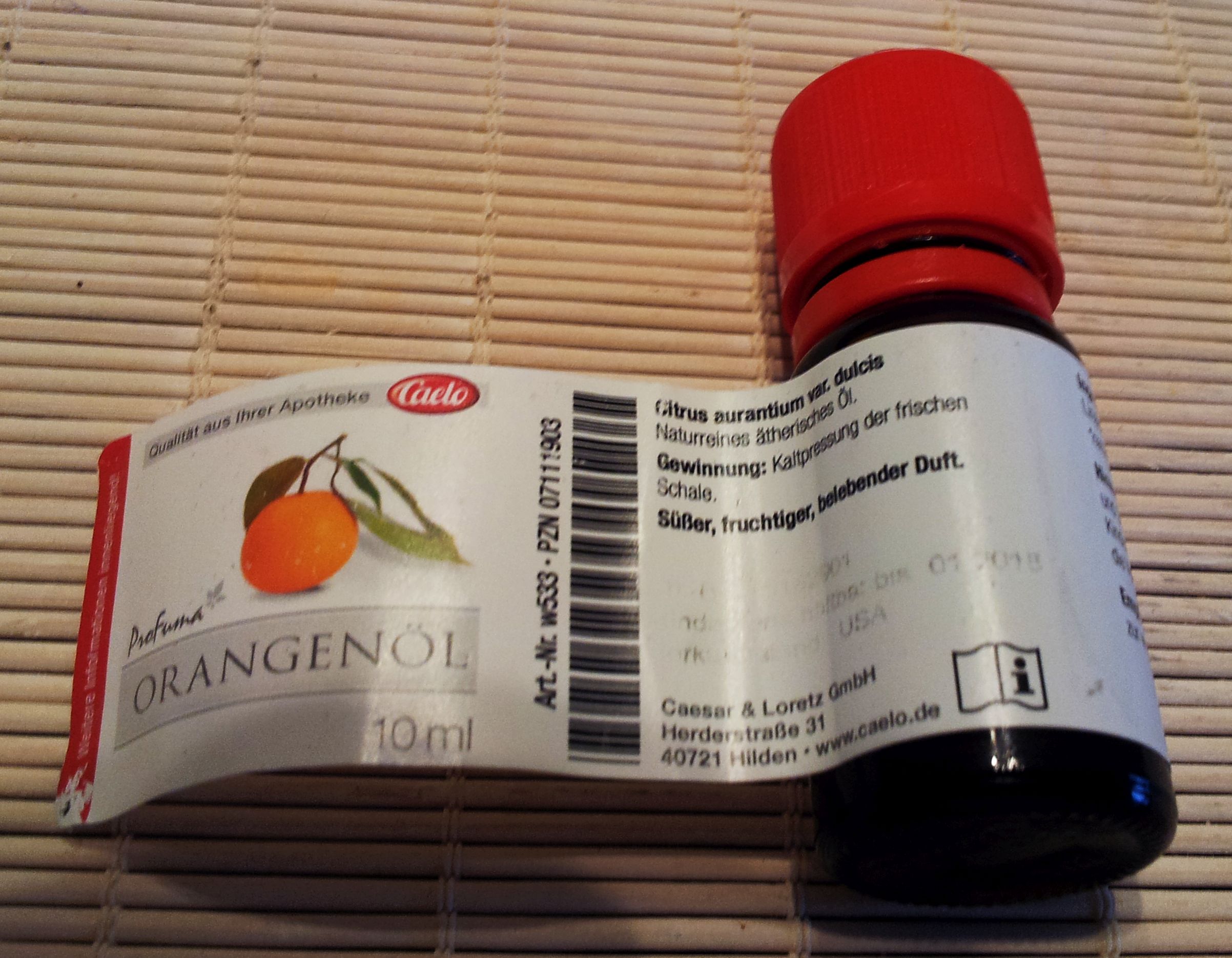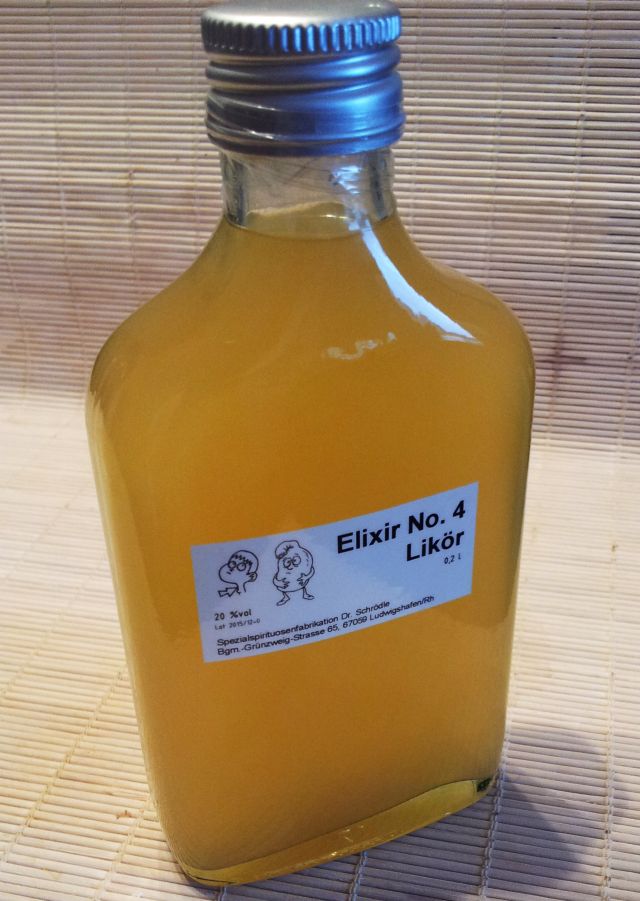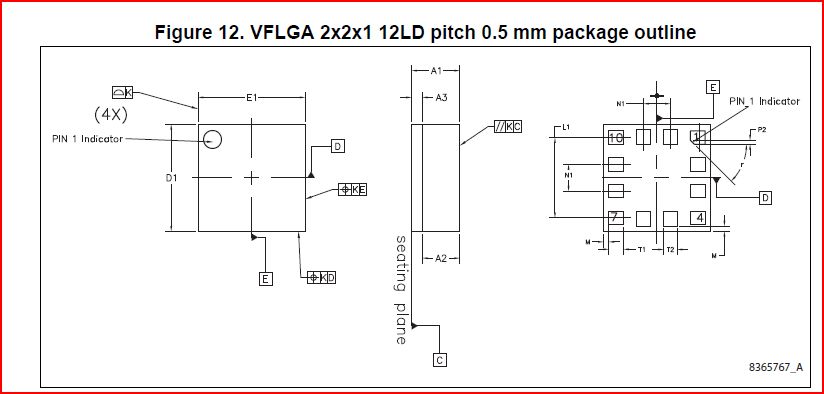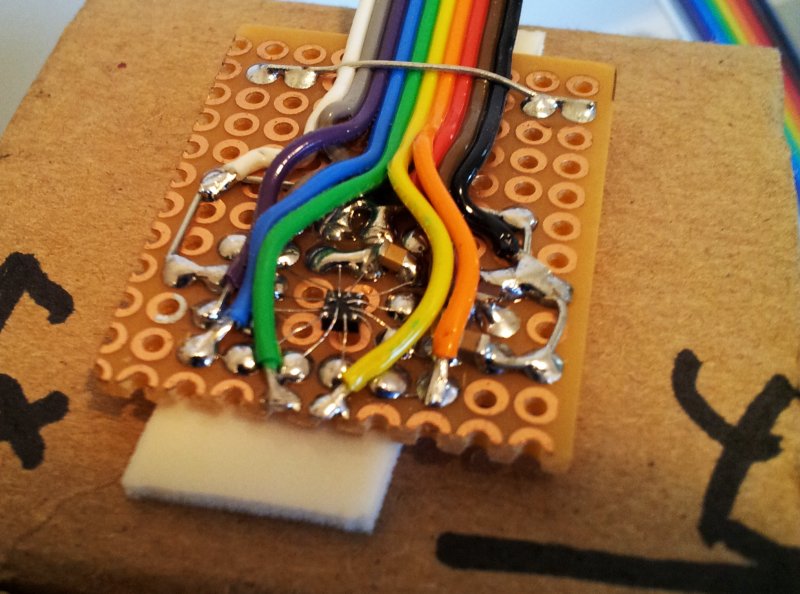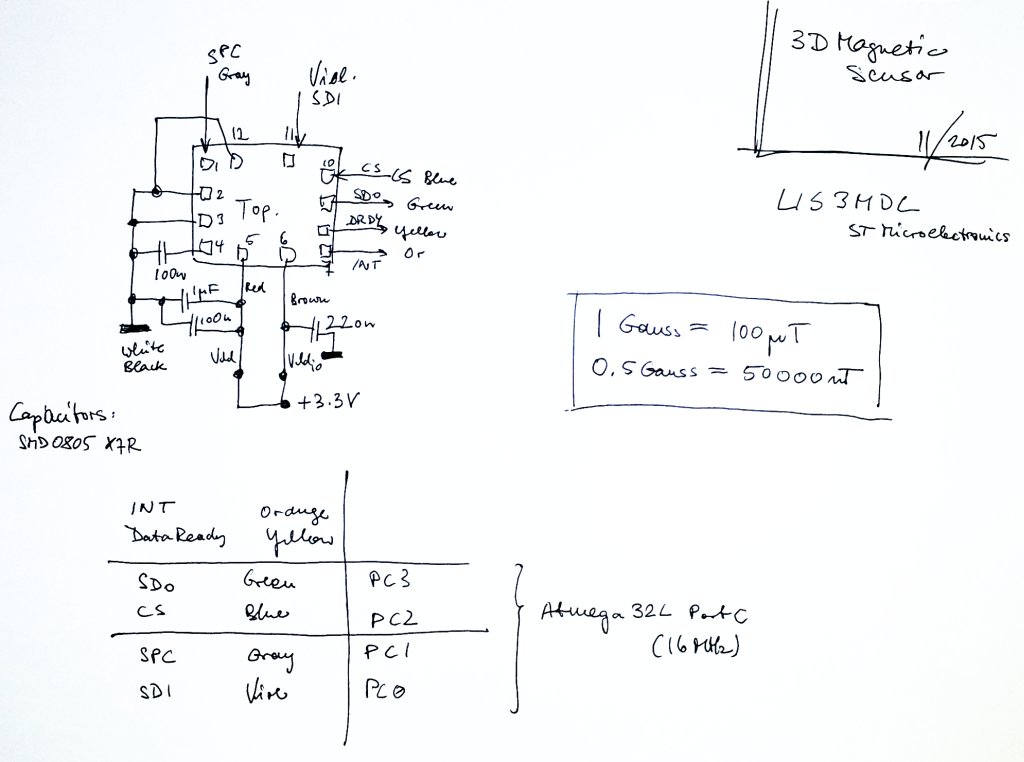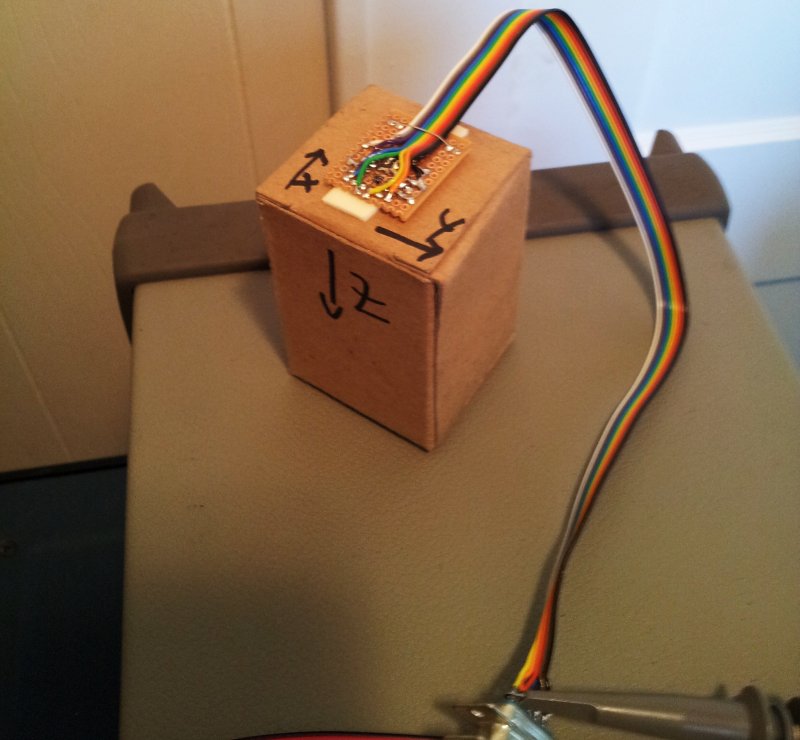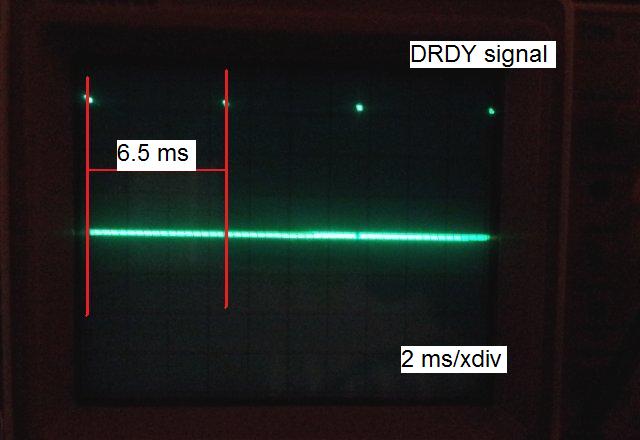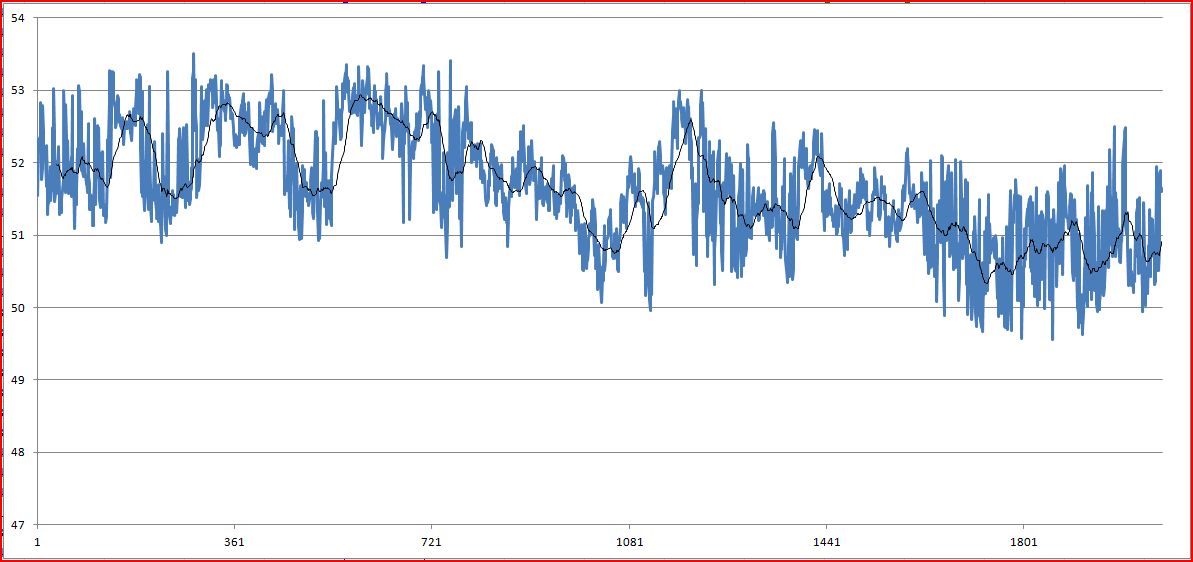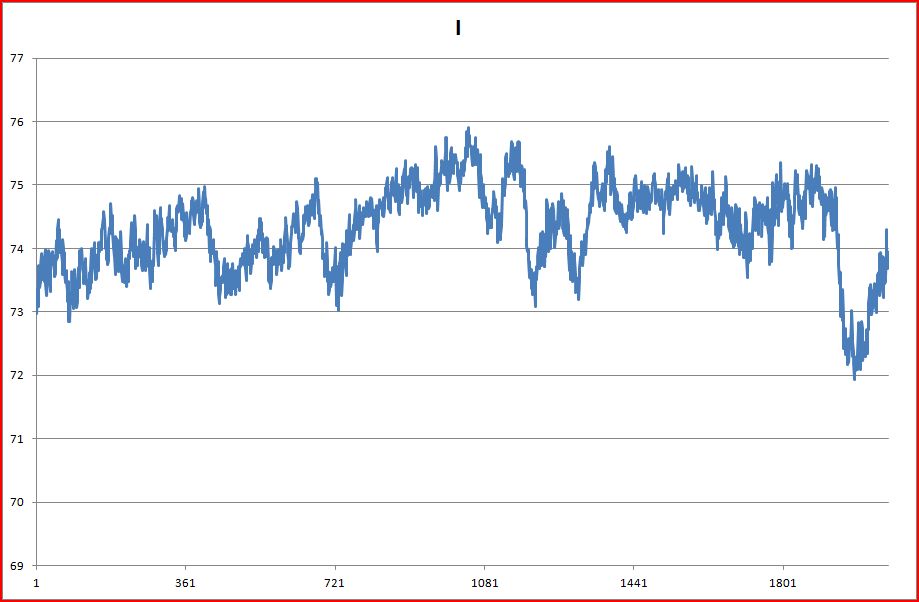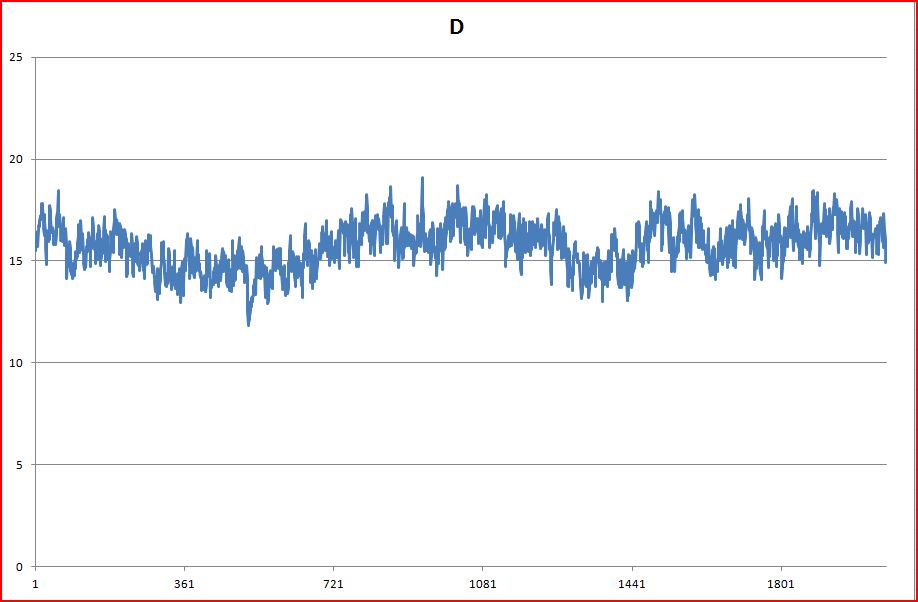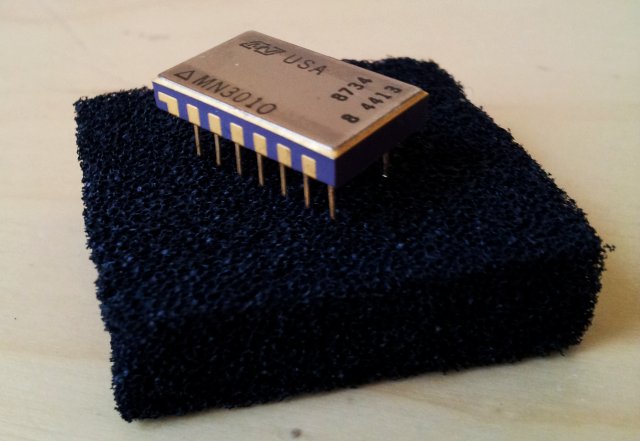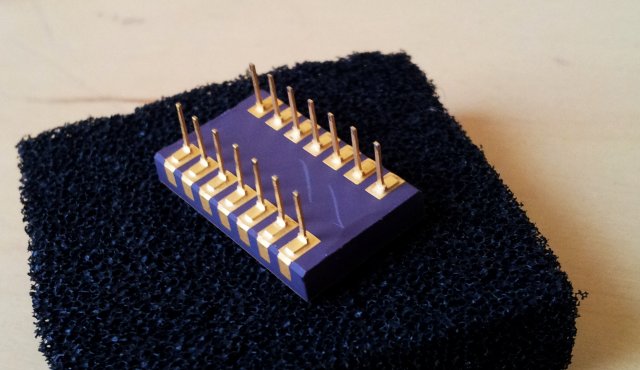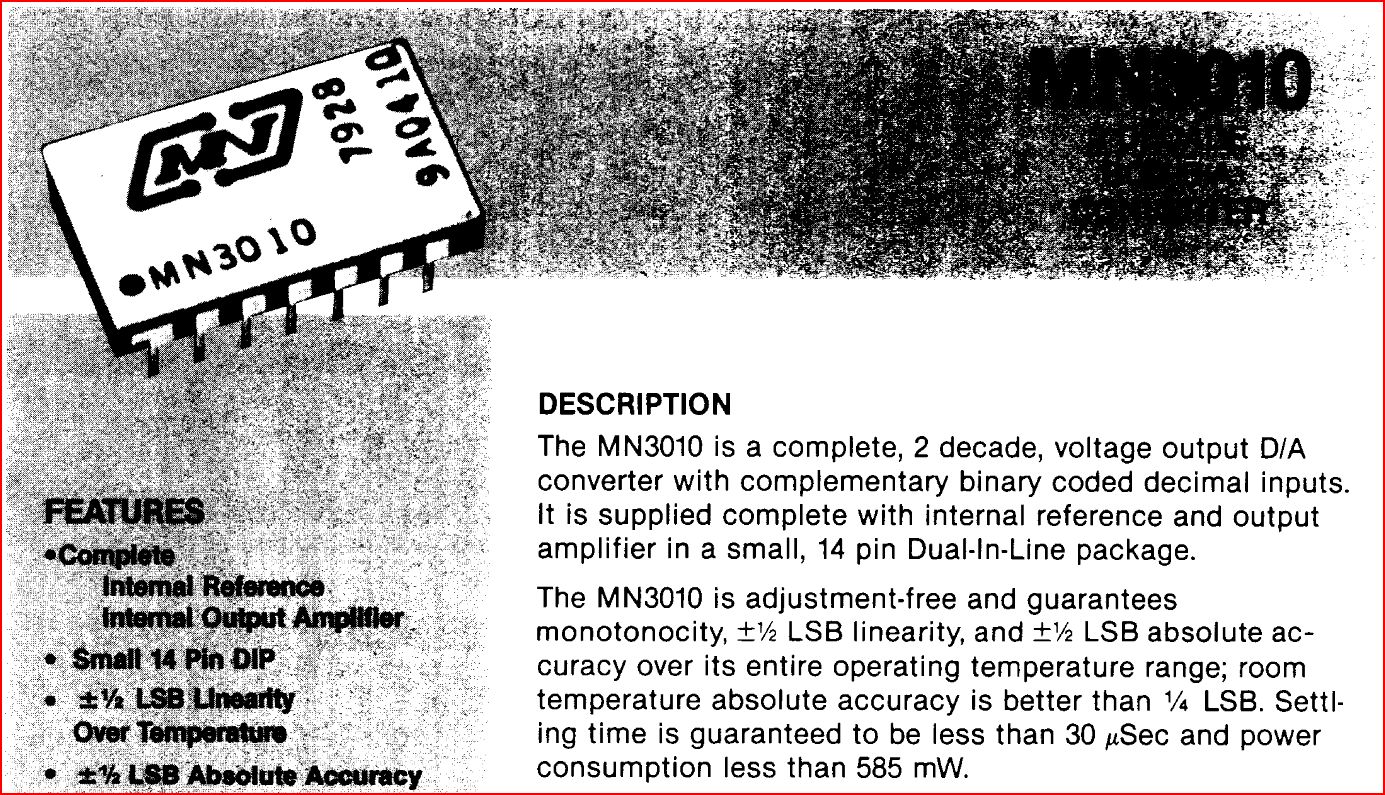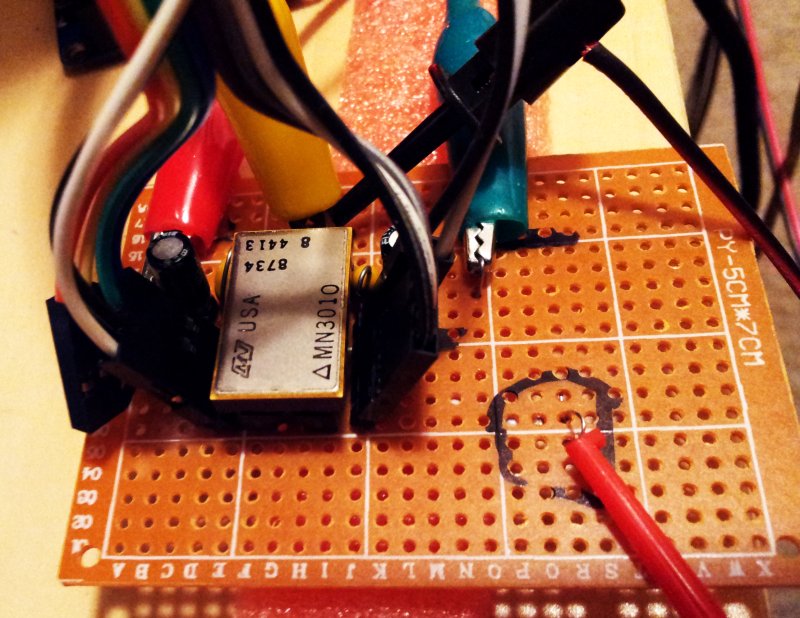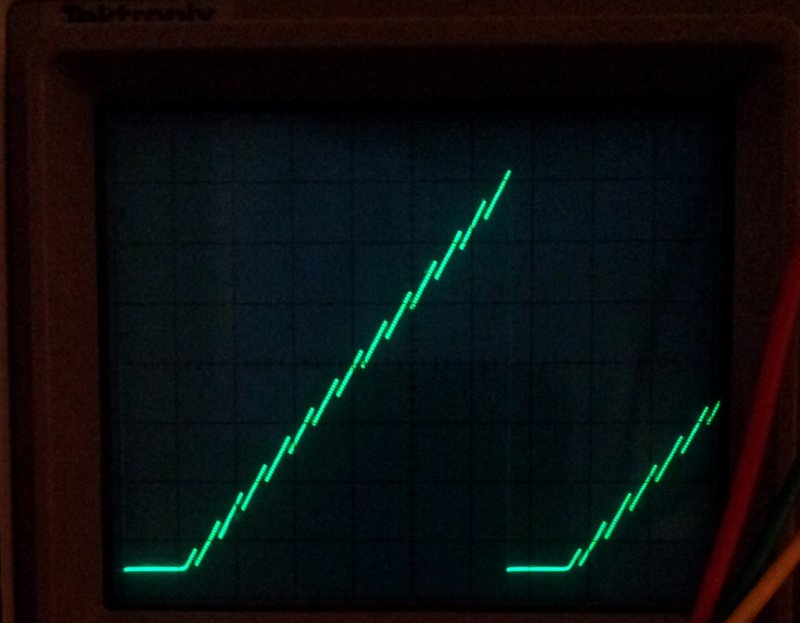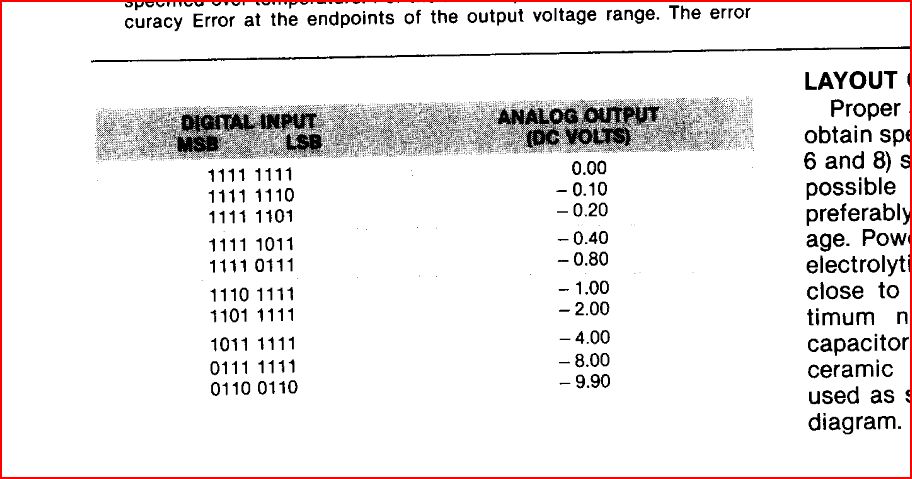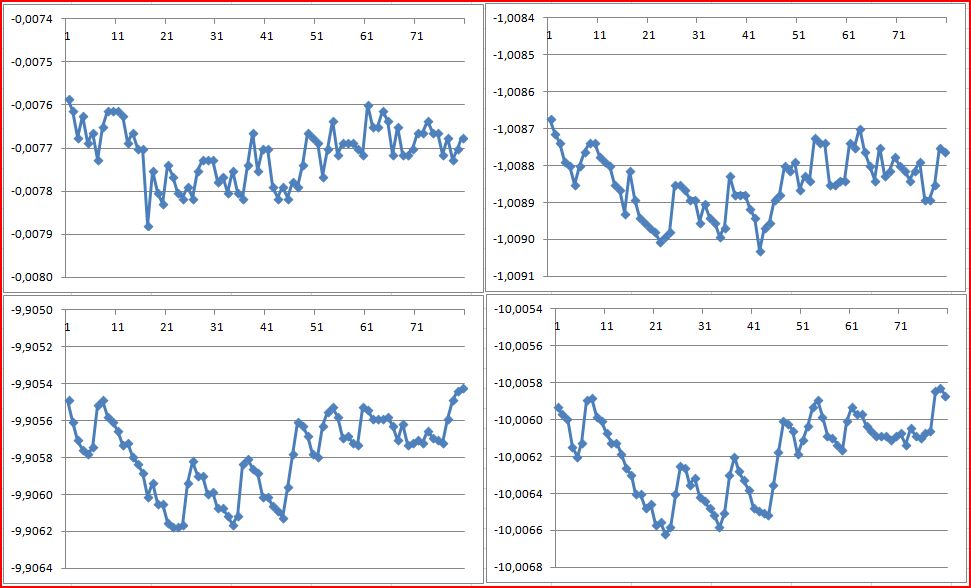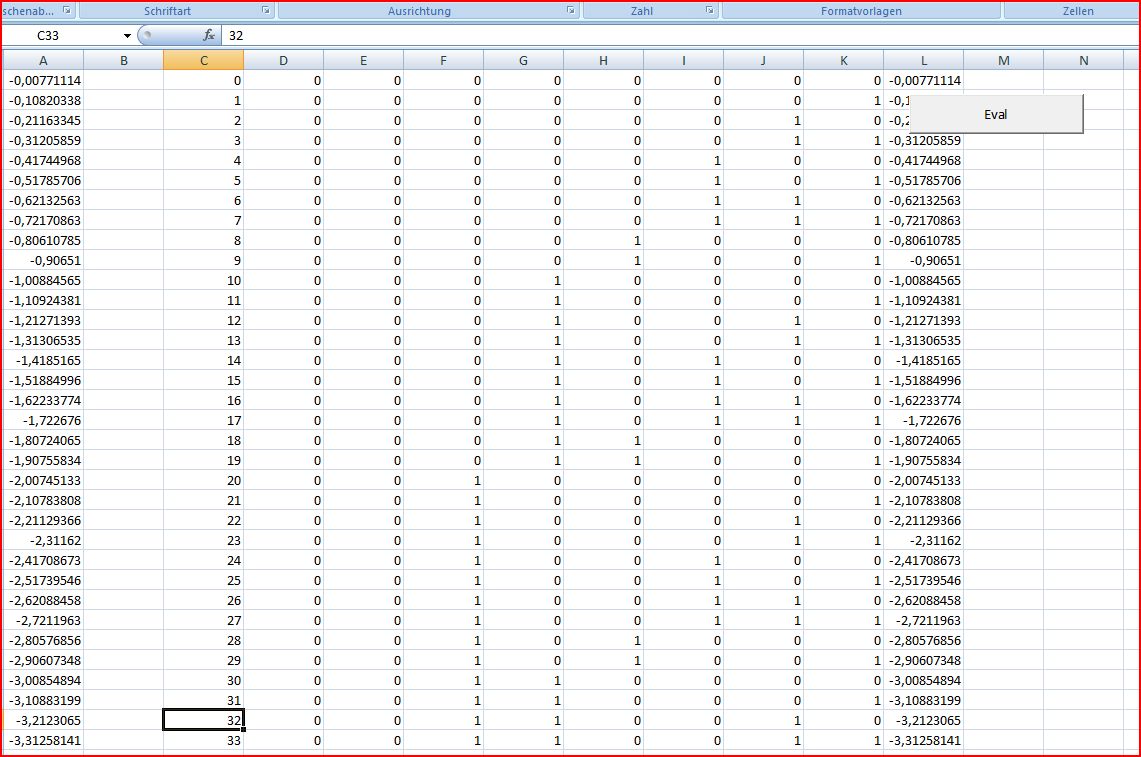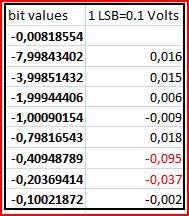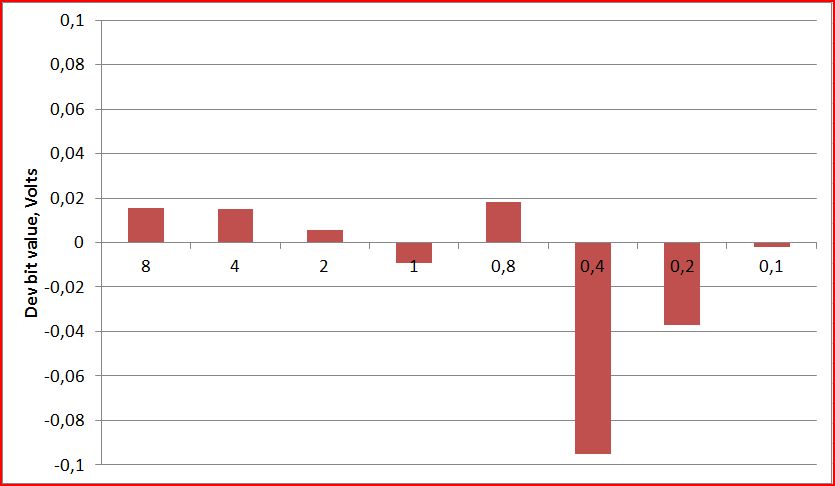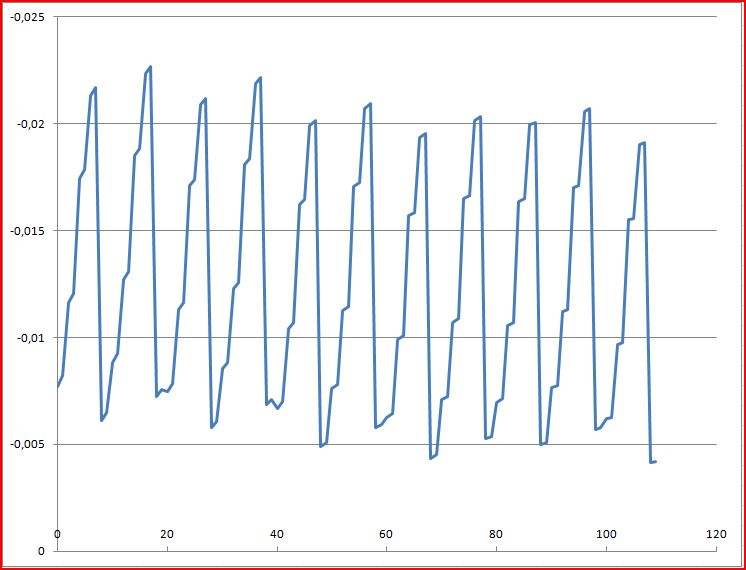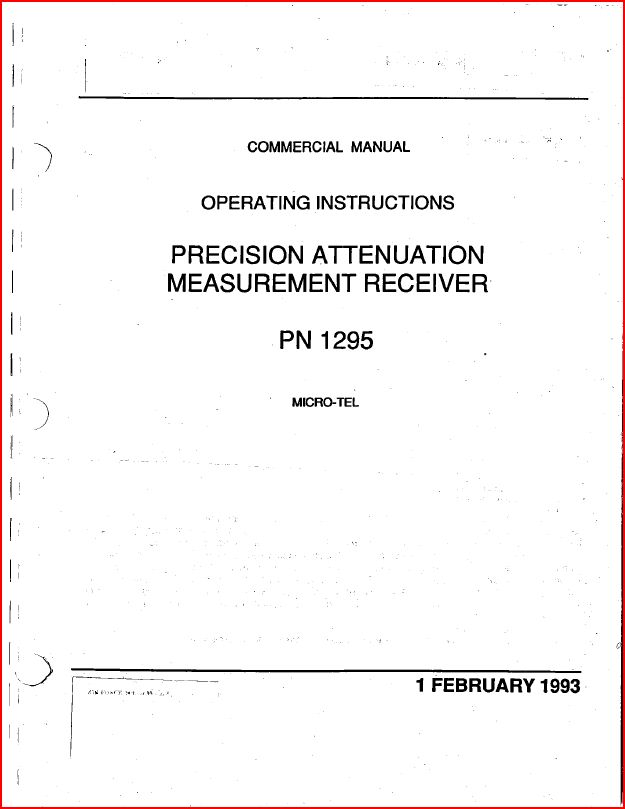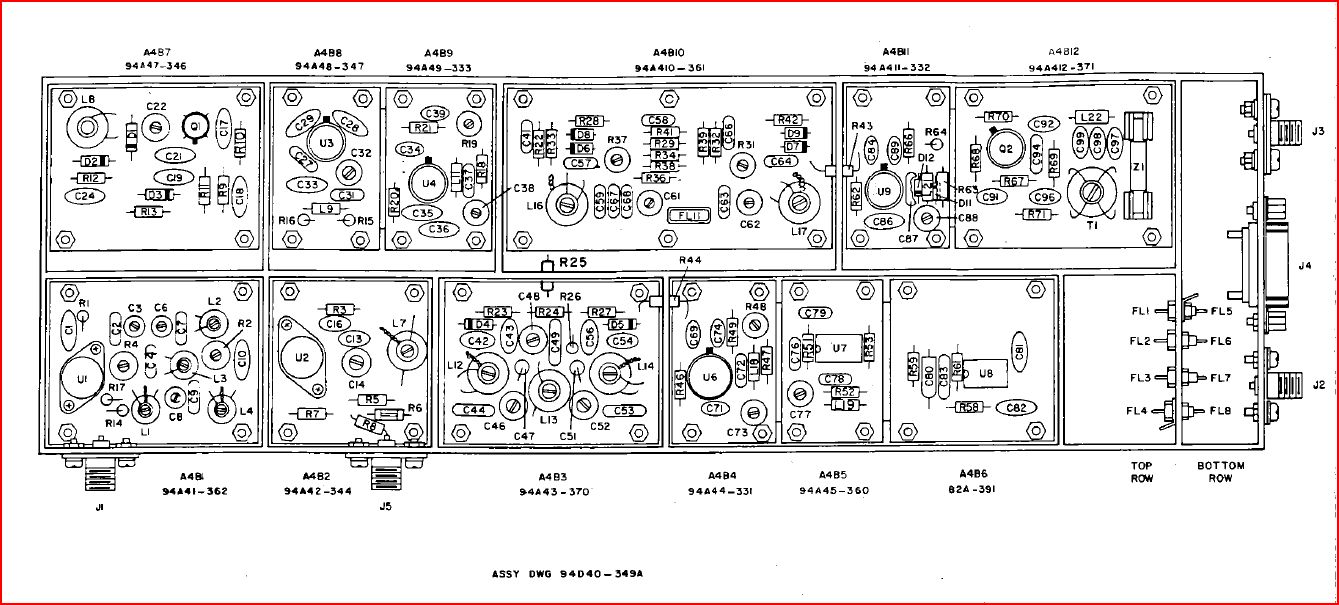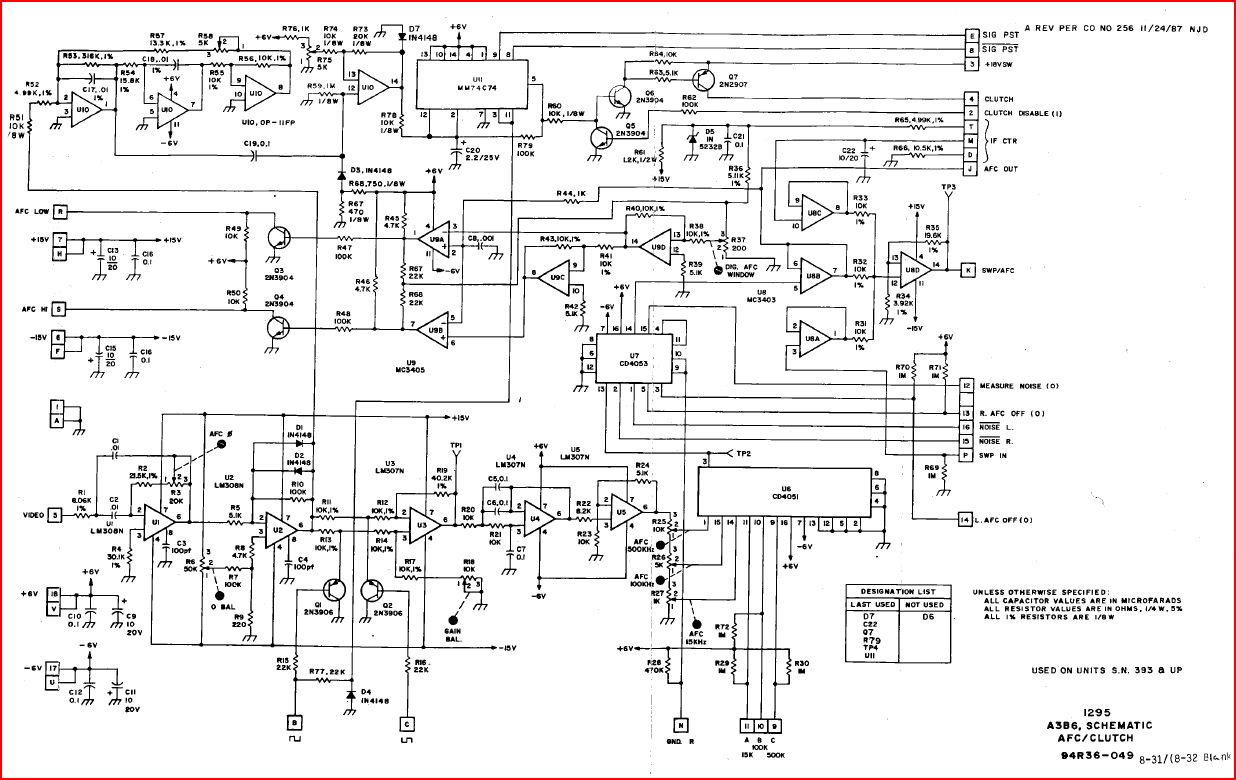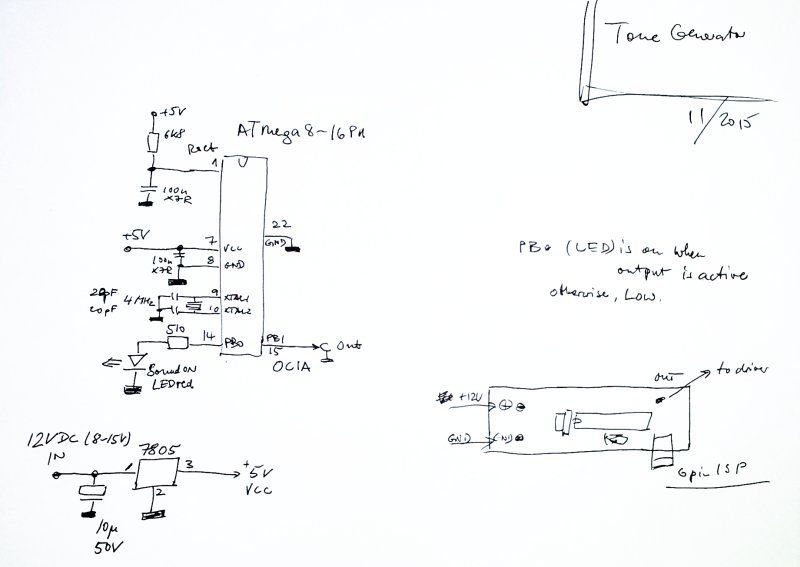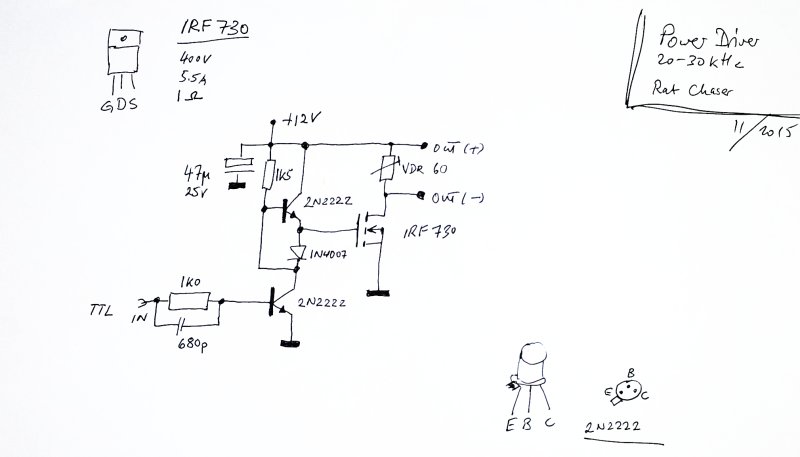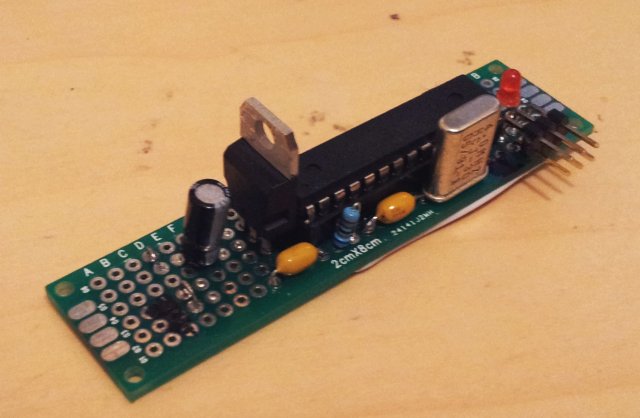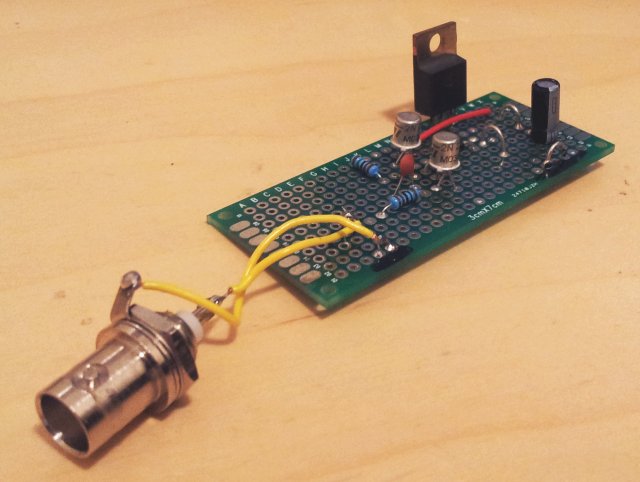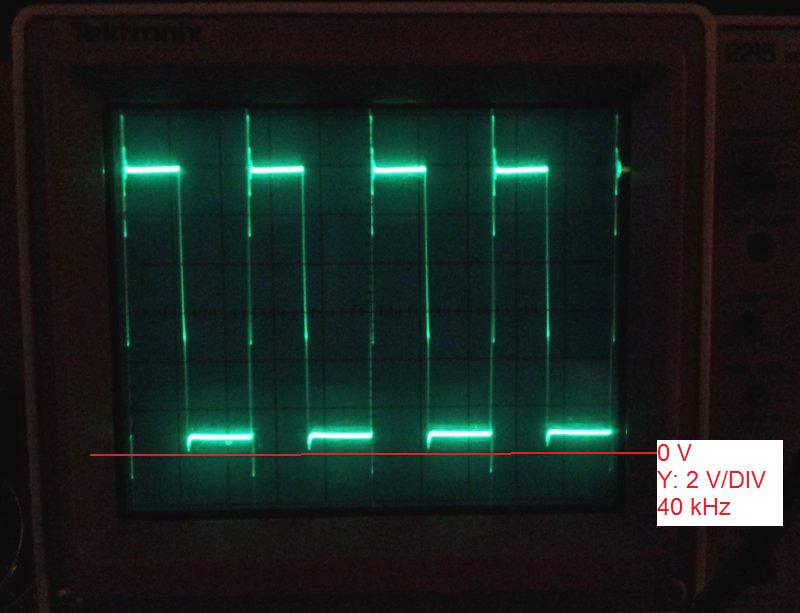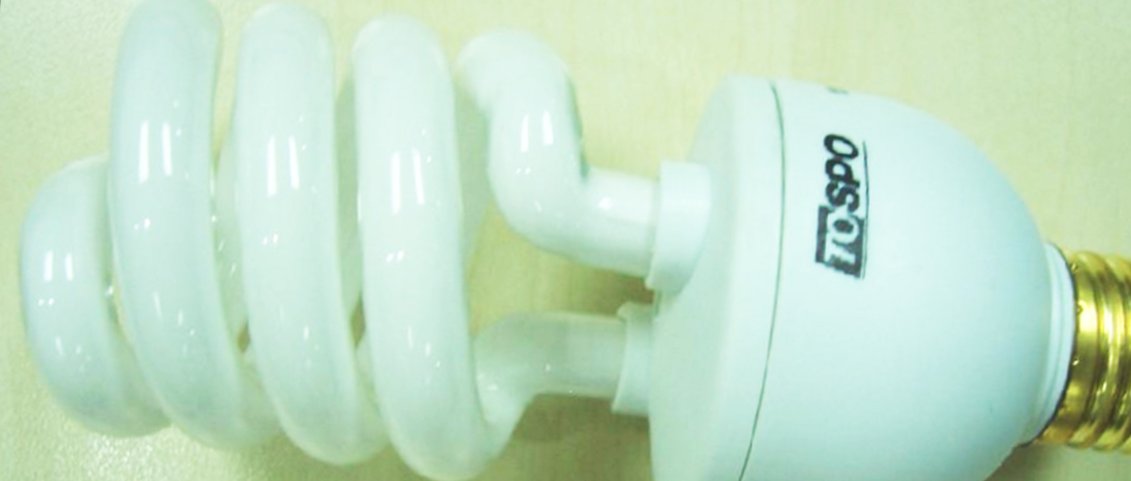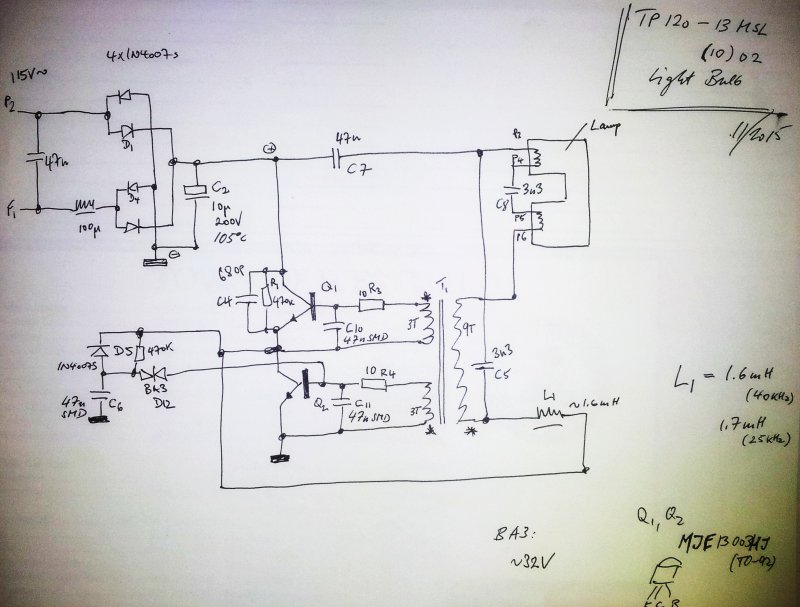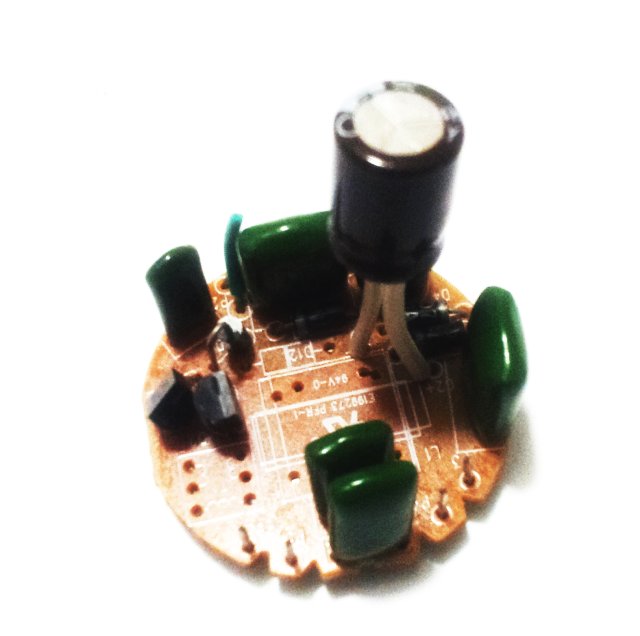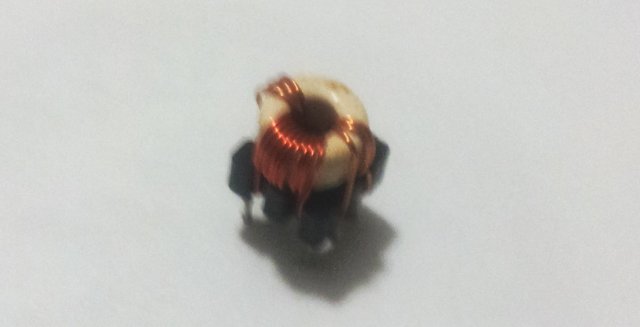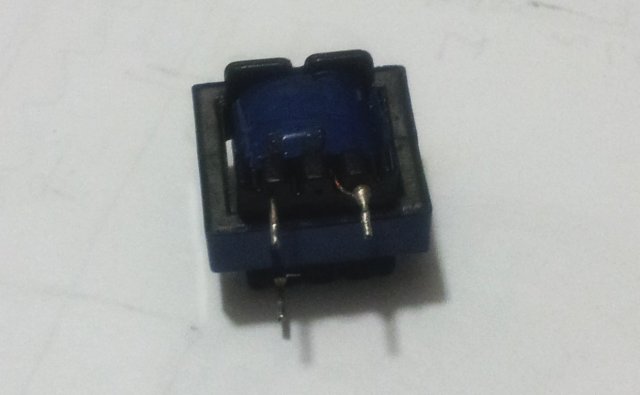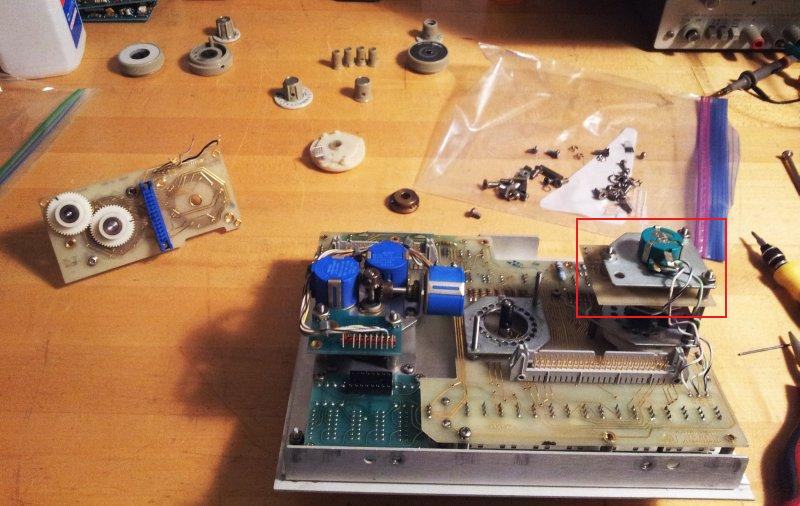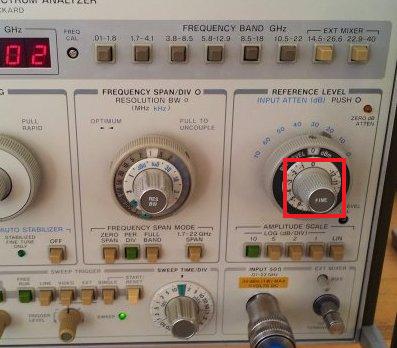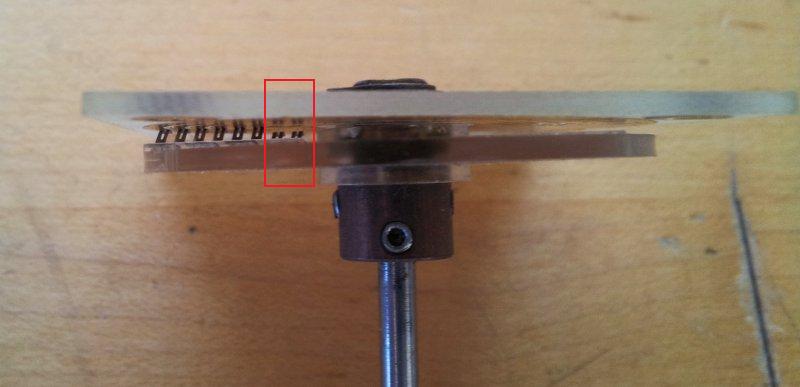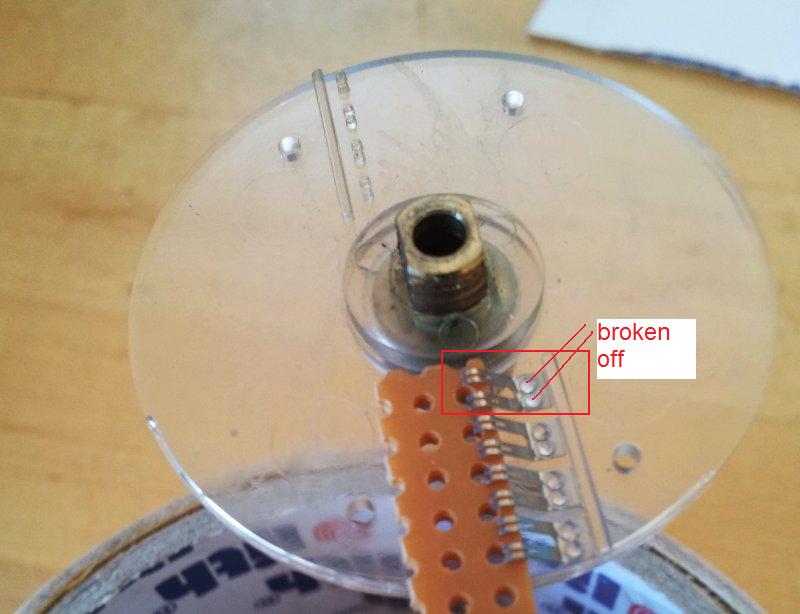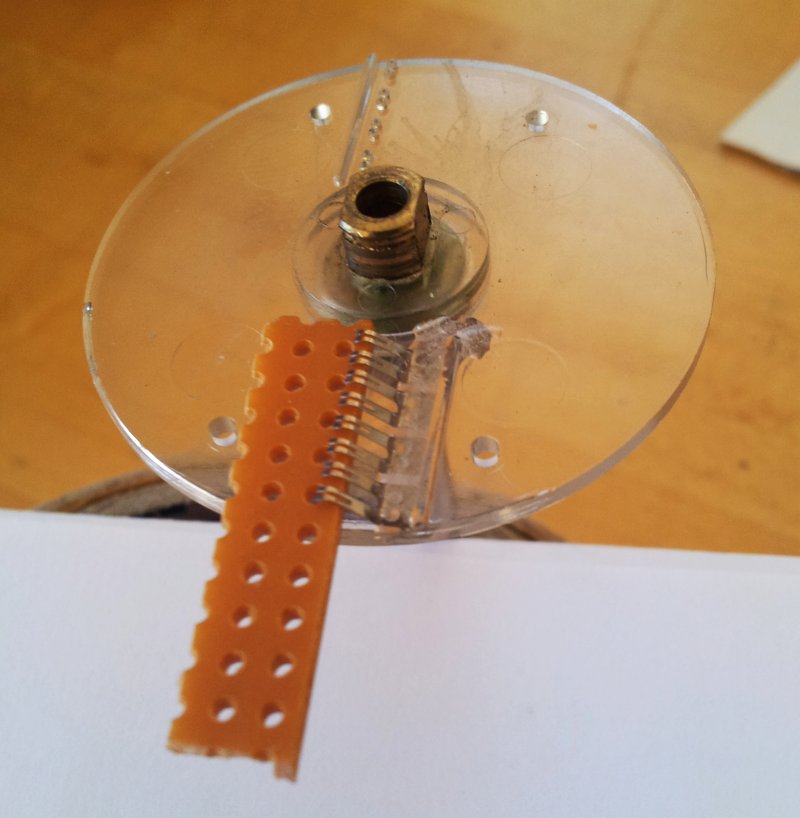For all folks that are into repair of vintage gear, here is a list of transistors (ICs, quartz crystals) that I have in stock. There are many more in stock, but these below have been listed and are stored in a way that I can find them easily… Primarily, these are for my private shop&repairs, but if you are in desperate need for one of these goodies, just shoot me a line (I may ask for a fee to cover my expenses&time).
These are mainly old Ge and Si transitors, and some amplifier ICs; listings of more outdated ICs – will be added soon.
Location Part Count
K-B35 AC151 – 15 Pcs
K-B35 AC188K – 12 Pcs
K-B35 AC187 – 2 Pcs
K-B35 AC181 – 2 Pcs
K-B35 AC151 – 1 Pcs
K-B35 AC184 AC185 PAIR – 2 Pcs
K-B35 AC185 – 2 Pcs
K-B35 AC550 – 1 Pcs
K-B35 AC150 – 1 Pcs
K-B35 AC424 – 1 Pcs
K-B35 AC179 – 1 Pcs
K-B35 AC178 – 2 Pcs
K-B35 AC176K – 1 Pcs
K-B35 AC117 AC175 PAIR – 1 Pcs
K-B35 AC117
K-B35 AC175
K-B35 AC173 – 1 Pcs
K-B35 AC171 – 2 Pcs
K-B35 AC153 – 3 Pcs
K-B36 OC70 – 6 Pcs
K-B36 OC72 – 1 Pcs
K-B36 OC74 – 1 Pcs
K-B36 OC71 – 1 Pcs
K-B36 OC74N – 2 Pcs
K-B36 OC75P – 2 Pcs
K-B36 OC75 – 5 Pcs
K-B36 OC171 – 1 Pcs
K-B36 OC304 – 5 Pcs
K-B36 OC612 – 1 Pcs
K-B36 OC318 – 10 Pcs
K-B36 OC603 – 1 Pcs
K-B36 OC306/2 – 4 Pcs
K-B36 OC308 – 1 Pcs
K-B36 OC305/1 – 1 Pcs
K-B37 BF245C
K-B37 BF245A
K-B37 BF245B
K-B37 BF244 – 2 Pcs
K-B37 BF225 – 2 Pcs
K-B37 BF224 – 4 Pcs
K-B37 BF223 – 2 Pcs
K-B37 BF258 – 1 Pcs
K-B37 BF458 – 4 Pcs
K-B37 BF324 – 1 Pcs
K-B37 BF422 – 4 Pcs
K-B37 BF716 – 2 Pcs
K-B37 BF715 – 2 Pcs
K-B37 BF467 – 1 Pcs
K-B37 BF891A – 2 Pcs
K-B37 BR303 – 2 Pcs
K-B37 BRY45-400 – 5 Pcs
K-B38 BC107 – 30 Pcs
K-B38 BC108 – 20 Pcs
K-B38 BC109 – 20 Pcs
K-B38 BC110 – 2 Pcs
K-B38 BC114 – 2 Pcs
K-B38 BC130 – 1 Pcs
K-B38 BC129 – 5 Pcs
K-B38 BC115 – 10 Pcs
K-B38 BC132 – 1 Pcs
K-B38 BC140-10 – 1 Pcs
K-B39 2N3019 – 4 Pcs
K-B39 2N3415 – 2 Pcs
K-B39 2N3440 – 1 Pcs
K-B39 2N3705 – 1 Pcs
K-B39 2N3704 – 10 Pcs
K-B39 2N3703 – 6 Pcs
K-B39 2N3638 – 4 Pcs
K-B39 2N3566 – 10 Pcs
K-B43 BC153 – 1 Pcs
K-B43 BC149B – 3 Pcs
K-B43 BC149C – 3 Pcs
K-B43 BC148B – 20 Pcs
K-B43 BC147A – 15 Pcs
K-B43 BC158A – 1 Pcs
K-B43 BC158B – 1 Pcs
K-B43 BC157 – 2 Pcs
K-B42 BSX45 – 8 Pcs
K-B42 BSX46 – 8 Pcs
K-B42 BSX49 – 20 Pcs
K-B42 BSY88 – 3 Pcs
K-B42 BUY48 – 1 Pcs
K-B42 BSY58 – 1 Pcs
K-B42 BSX81A – 30 Pcs
K-B40 BSY79 – 2 Pcs
K-B40 BCY96 – 2 Pcs
K-B40 BCY59 – 10 Pcs
K-B40 BCY58 – 6 Pcs
K-B40 BCW85 – 15 Pcs
K-B41 BC172B – 10 Pcs
K-B41 BC172C – 10 Pcs
K-B41 BC173C – 20 Pcs
K-B41 BC174A – 10 Pcs
K-B41 BC177 – 30 Pcs
K-B41 BC179B – 1 Pcs
K-B41 BC171B – 30 Pcs
K-B41 BC170 – 10 Pcs
K-B41 BC167A – 30 Pcs
K-B41 BC168B – 2 Pcs
K-B41 BC168A – 2 Pcs
K-B41 BC168H – 1 Pcs
K-B41 BC168C – 2 Pcs
K-B21 AF180 – 1 Pcs
K-B21 AF178 – 2 Pcs
K-B21 AF139 – 4 Pcs
K-B21 AF126 – 1 Pcs
K-B21 AF118 – 1 Pcs
K-B21 AF130 – 1 Pcs
K-B21 AF200 – 5 Pcs
K-B21 AF201 – 7 Pcs
K-B21 AF202S – 1 Pcs
K-B21 AF202 – 2 Pcs
K-B21 AF275 – 1 Pcs
K-B17 40361RCA – 13 Pcs
K-B17 40595 RCA – 3 Pcs
K-B17 40664 RCA – 1 Pcs
K-B17 40655 RCA – 2 Pcs
K-B17 40362 RCA – 15 Pcs
K-B17 40406 TCA – 2 Pcs
K-B17 40408 RCA – 1 Pcs
K-B19 AC117 – 8 Pcs
K-B19 AC122 – 10 Pcs
K-B19 AC122/30 – 3 Pcs
K-B19 AC124 – 5 Pcs
K-B19 AC125 – 10 Pcs
K-B19 AC126 – 9 Pcs
K-B19 AC123 – 5 Pcs
K-B19 AC127 – 11 Pcs
K-B19 AC123 – 3 Pcs
K-B19 AC128 – 10 Pcs
K-B19 AC121 – 1 Pcs
K-B20 AF116 – 1 Pcs
K-B20 AF160 – 3 Pcs
K-B20 AF114 – 2 Pcs
K-B20 AF115 – 3 Pcs
K-B20 AF116 – 4 Pcs
K-B20 AF106 – 4 Pcs
K-B20 AF109 – 1 Pcs
K-B20 AF121 – 11 Pcs
K-B20 AF122 – 1 Pcs
K-B20 AF125 – 2 Pcs
K-B20 AF126 – 12 Pcs
K-B20 AF127 – 2 Pcs
K-B20 AF200 – 1 Pcs
K-B20 AF137 – 1 Pcs
K-B12 2N527 – 4 Pcs
K-B12 2N1613 – 3 Pcs
K-B12 2N1711 – 6 Pcs
K-B12 2N1893 – 20 Pcs
K-B12 2N2218A – 2 Pcs
K-B12 2N2219A – 1 Pcs
K-B12 2N2907 – 9 Pcs
K-B12 2N2904 – 11 Pcs
K-B12 2N2368 – 3 Pcs
K-B12 2N2646 – 2 Pcs
K-B12 2N2926 – 8 Pcs
K-B12 2N2905A – 2 Pcs
K-B15 BSW43 – 2 Pcs
K-B15 BSS89 – 2 Pcs
K-B15 BSS97 – 1 Pcs
K-B15 BSW26 – 1 Pcs
K-B15 BSW39/10 – 1 Pcs
K-B15 BSW68 – 3 Pcs
K-B15 BSW66 – 12 Pcs
K-B15 BSW65 – 1 Pcs
K-B15 BSW67 – 1 Pcs
K-B15 BSW58 – 1 Pcs
K-B14 ASY12 – 1 Pcs
K-B14 ASY24 – 4 Pcs
K-B14 ASY426 – 1 Pcs
K-B14 ASY30 – 3 Pcs
K-B14 ASY70 – 1 Pcs
K-B14 AC141B – 1 Pcs
K-B14 AC135 – 1 Pcs
K-B14 AC126 – 4 Pcs
K-B16 BC181 – 1 Pcs
K-B16 BC182 – 10 Pcs
K-B16 BC183 – 4 Pcs
K-B16 BC207 – 20 Pcs
K-B16 BC208 – 2 Pcs
K-B16 BD115 – 1 Pcs
K-B16 BC190A – 2 Pcs
K-B16 BC217A – 1 Pcs
K-B16 BC214A – 1 Pcs
K-B16 BC213A – 5 Pcs
K-B13 BYT11-800 – 1 Pcs
K-B13 9144 50 P01 – 1 Pcs
K-A26 BB609A – 6 Pcs
K-A26 BB141B – 19 Pcs
K-A26 BB409 – 9 Pcs
K-A26 BA244 – 50 Pcs
K-A26 BAX13 – 1 Pcs
K-A26 DB3T – 2 Pcs
K-A26 ZTE1V5 – 30 Pcs
K-A26 ZPD8.2 – 12 Pcs
K-A26 ZPD16 – 14 Pcs
K-A26 ZPD3.9 – 3 Pcs
K-A26 ZDP5.1 – 25 Pcs
K-A26 ZPD15 – 9 Pcs
K-A26 ZPD8.1 – 25 Pcs
K-A26 ZPD4.7 – 7 Pcs
K-A28 XTAL 8.00M HC-49 – 100 Pcs
K-A28 XTAL 4.00M – 20 Pcs
K-A28 XTAL 10.23M – 50 Pcs
K-A28 XTAL 10.245M HC-49 – 20 Pcs
K-A28 XTAL 16.00M – 3 Pcs
K-A27 XTAL 20945K – 8 Pcs
K-A27 XTAL 5120K – 9 Pcs
K-A27 XTAL 16384K – 3 Pcs
K-A27 XTAL 18432K – 12 Pcs
K-A27 XTAL 10240K – 7 Pcs
K-A27 XTAL 92.575M – 6 Pcs
K-A27 XTAL 108.790M – 14 Pcs
K-A27 XTAL 108.765M – 4 Pcs
K-A27 XTAL 108.815M – 20 Pcs
K-A27 XTAL 108.74M – 7 Pcs
K-A27 XTAL 90.42M – 4 Pcs
K-A27 XTAL 21400K – 18 Pcs
K-A30 XTAL 77.42M – 4 Pcs
K-A30 XTAL 3.00M – 3 Pcs
K-A30 XTAL 20.00M – 2 Pcs
K-A30 XTAL 6.00M – 6 Pcs
K-A30 XTAL 61.375M – 7 Pcs
K-A30 XTAL 17.734475M – 6 Pcs
K-A30 XTAL 5.9904M – 2 Pcs
K-A30 XTAL 15600K – 5 Pcs
K-A30 XTAL 13.00M – 1 Pcs
K-A30 XTAL 21855K – 2 Pcs
K-A30 XTAL 18.00M – 4 Pcs
K-A30 XTAL 12.00M – 2 Pcs
K-A30 XTAL 6400K – 11 Pcs
K-A30 XTAL 33.8675M – 15 Pcs
K-A30 XTAL 4.00M – 5 Pcs
K-A30 XTAL 21.855M – 2 Pcs
K-A30 XTAL 16.00M – 1 Pcs
K-A30 XTAL 10.00M – 16 Pcs
K-A30 XTAL 8.00M – 8 Pcs
K-A30 XTAL 57.6575M – 11 Pcs
K-A30 XTAL 67.735M – 12 Pcs
K-A30 XTAL 24.00M – 6 Pcs
K-A30 XTAL 31.64M – 4 Pcs
K-A30 XTAL 5850K – 3 Pcs
K-A30 XTAL 20.945M – 2 Pcs
K-A30 XTAL 95.93M – 4 Pcs
K-A30 XTAL 31.64M – 4 Pcs
K-A30 XTAL 86.13M – 3 Pcs
K-A30 XTAL 10.230M – 2 Pcs
K-A30 XTAL 15.00M – 3 Pcs
K-A30 XTAL 9.8304M – 4 Pcs
K-A30 XTAL 7.3728M – 2 Pcs
K-A30 XTAL 20.5M – 2 Pcs
K-A30 XTAL 18.5925M – 5 Pcs
K-A30 XTAL 99.85M – 2 Pcs
K-A30 XTAL HC MOUNTING CLIPS
K-B50 MPSA43 – 3 Pcs
K-B50 MPSU45 – 5 Pcs
K-B50 MPSA56 – 6 Pcs
K-B50 MPSA63 – 15 Pcs
K-B50 MPSU95 – 5 Pcs
K-B50 MPS6514 – 6 Pcs
K-B50 MPS6513 – 2 Pcs
K-B50 MPSA06 – 2 Pcs
K-B50 MPS3702 – 2 Pcs
K-B50 16551 RCA – 6 Pcs
K-B51 2SC1681 – 7 Pcs
K-B51 2SC1815 – 1 Pcs
K-B51 2SC1921 – 3 Pcs
K-B51 2SC2002 – 3 Pcs
K-B51 2SC2368 – 2 Pcs
K-B51 2SC2062 – 1 Pcs
K-B51 2SC2274 – 1 Pcs
K-B51 2SC2471 – 1 Pcs
K-B51 2SC3071 – 2 Pcs
K-B51 2SC2611 – 2 Pcs
K-B51 2SC3150 – 1 Pcs
K-B51 2SC3114 – 3 Pcs
K-B53 2SC734 – 4 Pcs
K-B53 2SC828 – 2 Pcs
K-B53 2SC900 – 1 Pcs
K-B53 2SC929 – 1 Pcs
K-B53 2SC1507 – 2 Pcs
K-B53 2SC1213 – 2 Pcs
K-B53 2SC1096 – 1 Pcs
K-B53 2SC945 – 8 Pcs
K-B52 2SC114 – 4 Pcs
K-B52 2SC146D – 1 Pcs
K-B52 2SC460 – 2 Pcs
K-B52 2SC536 – 15 Pcs
K-B54 2SD1228M – 1 Pcs
K-B54 2SD525 – 2 Pcs
K-B54 2SD1541 – 1 Pcs
K-B54 2SD1453 – 2 Pcs
K-B54 2SD1455 – 1 Pcs
K-B54 2SD1135 – 1 Pcs
K-B54 2SD1046 – 1 Pcs
K-B54 2SD894 – 2 Pcs
K-B54 2SD613 – 1 Pcs
K-B54 2SD612 – 1 Pcs
K-B62 SS 3277-6 – 2 Pcs
K-B62 S2003MSI – 1 Pcs
K-B62 E505 – 1 Pcs
K-B62 TDA1412 – 2 Pcs
K-B62 ZTX502 – 2 Pcs
K-B62 SIP5172 – 3 Pcs
K-B62 S7504 T1045C – 1 Pcs
K-B62 S-300-E – 7 Pcs
K-B62 CS9011E – 1 Pcs
K-B62 S2017 T1907A – 4 Pcs
K-B62 SFT47 – 5 Pcs
K-B62 TP5368 – 4 Pcs
K-B62 S6157 – 2 Pcs
K-B55 2SD313 – 1 Pcs
K-B55 D45H7 – 2 Pcs
K-B55 2SD77 – 1 Pcs
K-B55 2SD471 – 1 Pcs
K-B55 2SD476 – 2 Pcs
K-B56 2SB22 – 1 Pcs
K-B56 2SB54 – 3 Pcs
K-B56 2SB56 – 2 Pcs
K-B56 2SB77 – 12 Pcs
K-B56 2SB405 – 2 Pcs
K-B56 2SB329 – 9 Pcs
K-B57 2SB536 – 1 Pcs
K-B57 2SB544 – 1 Pcs
K-B57 2SB595 – 1 Pcs
K-B57 2SB910M – 1 Pcs
K-B57 2SB669 – 1 Pcs
K-B57 2SB649 – 1 Pcs
K-B60 ZTX238 – 20 Pcs
K-B60 ST1-B N52 – 1 Pcs
K-B60 ZTX3904 – 6 Pcs
K-B60 ZTX415B – 7 Pcs
K-B60 ZTX3707 – 6 Pcs
K-B60 ZTX3706 – 1 Pcs
K-B60 ZTX3903 – 6 Pcs
K-B60 ZTX327 – 1 Pcs
K-B60 ZTX3708 – 2 Pcs
K-B61 TDA1670A – 1 Pcs
K-B61 L298 – 1 Pcs
K-B61 TLP298KV – 1 Pcs
K-B61 AN5521 – 1 Pcs
K-B61 SANYO-002 HDK-U – 1 Pcs
K-B61 µPC1378H – 1 Pcs
K-B61 LA7837 – 1 Pcs
K-B61 LA4430 – 1 Pcs
K-B61 TDA4600-2 – 1 Pcs
K-B61 LM2877P – 1 Pcs
K-B61 KIA7217AP – 1 Pcs
K-B61 LAS6350P – 1 Pcs
K-B61 AN5265 – 1 Pcs
K-B61 LA4440 – 1 Pcs
K-B61 TA7250BP – 1 Pcs
K-B61 LL6207 – 4 Pcs
K-B61 HYBRID SMS 3112 207 10503 – 1 Pcs

